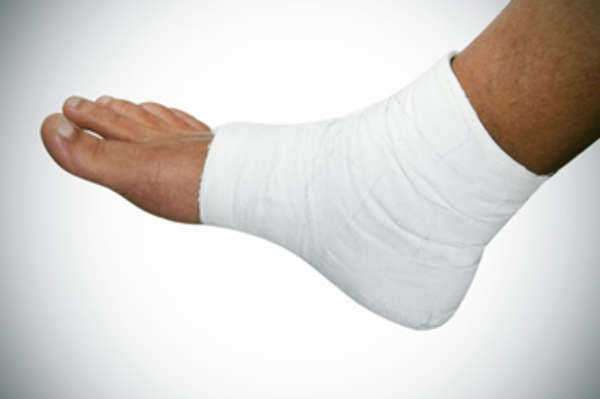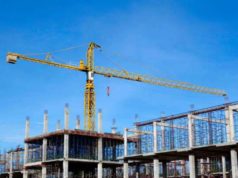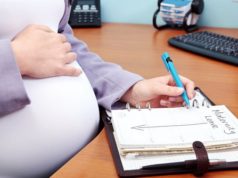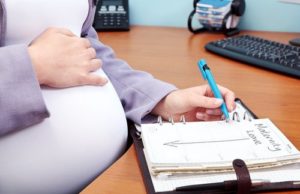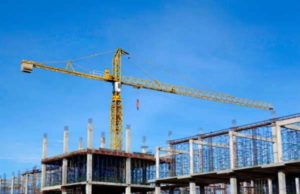
Finally a Good Sign: Jobless Claims Drop
The job market’s situation has been a cause for concern for quite a while, but finally, there’s a good sign that the country’s jobless claims have declined significantly. The USA has been suffering from job losses since the COVID-19 pandemic hit the country, but with the recent decrease in jobless claims, there seems to be a light at the end of the tunnel. Below is an in-depth analysis of the decline in jobless claims and its impact on the economy.
What are jobless claims?
Jobless claims, also known as unemployment claims, refer to the number of people who apply for unemployment benefits due to job losses. This number is released on a weekly basis by the U.S. Department of Labor. The data provides an insight into how many people are out of work and typically serves as a leading indicator of the country’s economic growth.
Why is the drop in jobless claims significant?
The decline in jobless claims is significant because it signals a possible improvement in the nation’s job market. According to the U.S. Bureau of Labor Statistics, the unemployment rate in the country was at 6.0% in March 2021. Considering the jobless claims dropped by 97,000 to 684,000 in the week ending March 20, 2021, can only mean more jobs were added and fewer people lost their jobs. This is a positive development, as it could mean a sustained drop in unemployment, leading to more stable economic growth.
What caused the drop in jobless claims?
Several factors could have caused the recent drop in jobless claims. Firstly, the easing of pandemic-related restrictions in some states has allowed businesses to open up, creating more jobs. Secondly, the stimulus package passed last month has provided much-needed aid to citizens affected by the pandemic. The package includes direct payments to individuals and extended unemployment benefits, which could have reduced the number of people applying for jobless claims. Finally, the nationwide rollout of COVID-19 vaccines has given hope and confidence to businesses and consumers, resulting in increased economic activity.
However, despite the recent drop in jobless claims, the pandemic’s impact on the job market is still severe, and the recovery process may be painfully slow.
The industries that are most affected by the pandemic are struggling to recover, such as hospitality, leisure, and travel. Though they are beginning to recover with the easing of restrictions and the vaccine rollout, they are yet to get back to pre-pandemic levels.
What does this mean for the economy?
The drop in jobless claims is an indication that the economy is headed in the right direction. With more people employed, there will be an increase in overall consumer spending, which will stimulate economic growth. More businesses will reopen, resulting in increased economic activity.
However, many people are still struggling, and the economy has a long way to go before it fully recovers. The pandemic has exposed many underlying issues, and there is a need for significant investment in various sectors to address them.
Conclusion
The drop in jobless claims is a good sign for the economy after a long period of economic uncertainty due to the pandemic. The various factors mentioned above contributed to the decline in jobless claims, but the economy’s recovery process is still a long way ahead. There is a need for sustained efforts, both by the government and the private sector, to address the underlying issues exposed by the pandemic and ensure sustained economic growth. A stable job market is crucial in achieving this goal, providing much-needed stability for both businesses and individuals alike.
Updated Information
The US Labor Department released data on Thursday, April 15th, 2021, reporting that jobless claims increased to 744,000 in the week ending April 10th, up from 728,000 in the previous week. This increase puts a halt on the downward trend of jobless claims and indicates ongoing volatility in the job market as it struggles to recover from the COVID-19 pandemic. The rise in jobless claims was higher than what economists had predicted, indicating that the road to recovery is likely to be longer and more unpredictable than anticipated.
However, there is still some good news. Jobless claims overall have continued on a downward trend since peaking at 6.1 million in April 2020. Even with the recent increase, unemployment has significantly dropped since the pandemic’s peak last year.
The bottom line is that while the decrease in jobless claims is a positive sign for the economy, there are still significant challenges ahead, and the job market’s volatility will likely continue for some time. Policymakers must invest in policies that create more jobs and support businesses that provide employment opportunities. The vaccine rollout across the country is likely to have a significant impact on the job market’s recovery. Having more people vaccinated will help ease restrictions and provide greater confidence for businesses and the general public.
After rising as high as 670,000 during the economic crisis, weekly jobless claims are now roughly half that level.
Amid a slew of disappointing economic news, we finally come across a bright spot: claims for unemployment benefits dipped more than expected last week, pointing to improvement in the job market.
Roughly 340,000 people filed for their first of unemployment benefits last week, which is down from 355,000 a week earlier, the United States Labor Department said today.
This figure is slightly lower than expected; the majority of economists forecasted that jobless claims would dip to 350,000 according to several outlets.
The data is often choppy from week to week; however, the initial claims report is deemed on of the most important gauges of the labor market’s strength. During the height of the global recession in 2009, jobless claims soared to as high as 670,000.
Now that the jobless claims are at half of those levels, showing that fewer and fewer employers are laying off their work force. That said, hiring has not necessarily been robust. Far fewer American workers are getting laid off or fired these days than they were during the peak of the recession; however, hiring figures remain weak. This simply means that many firms are holding on to their current work force, but still do not seem ready to add to their ranks in a substantial fashion.
In 2007, prior to the economic collapse, it was normal for employers in the United States to hire approximately 5 million new workers each month. While doing this, American firms would lay off 2 million workers and 3 million people would voluntarily leave their jobs, and an additional 360,000 would leave due to death, disability, or retirement. However, now there are fewer layoffs, retirements and people leaving their jobs.
With all this said, roughly 3 million people filed for their second week or more of unemployment compensation two weeks, according to the most recent information available.







